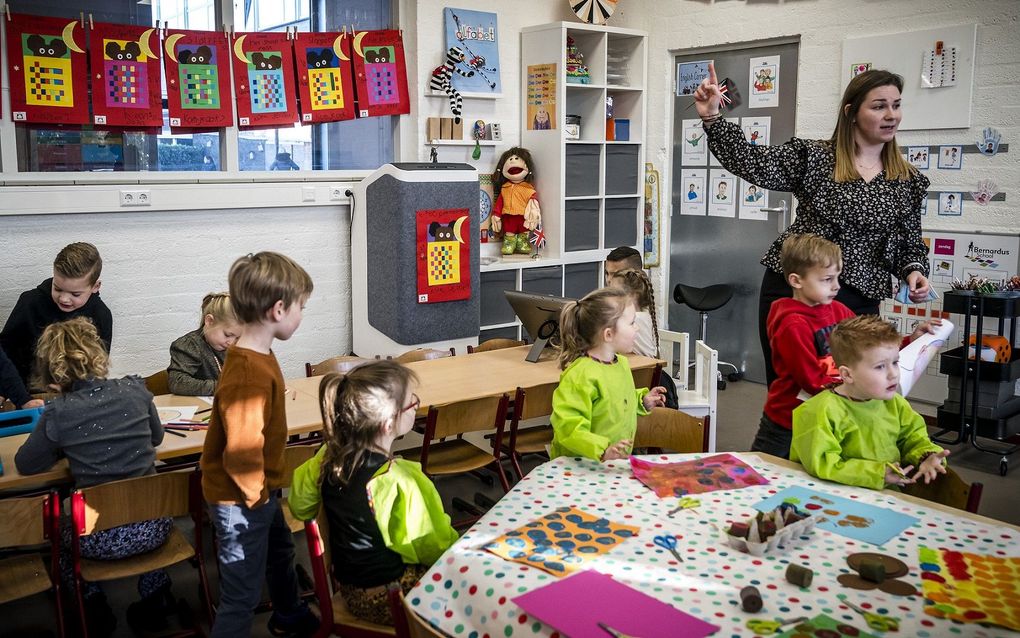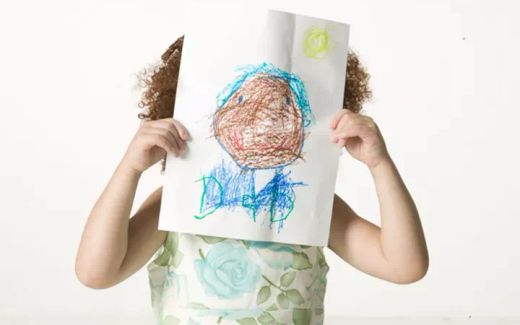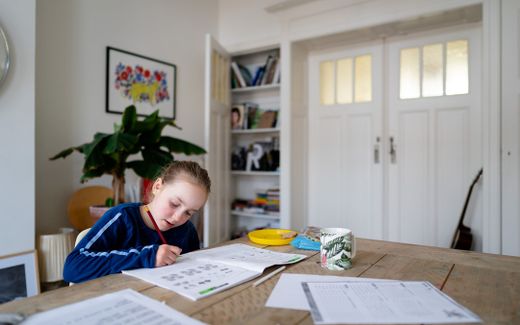Should teachers tell the Biblical Easter story to kindergarten classes?

Photo ANP, Rob Engelaar
Northern Europe
Several Norwegian kindergarten teachers omit the Christian Easter story when celebrating the Christian holiday with their pupils. Their decision led to a discussion in Norway.
Kristin Hoen, leader of Hamna kindergarten in Oslo, says to Vart Land that the Easter celebration at her school does not contain any religious message. "We focus on what sprouts and grows", she tells the news agency, adding that she would only tell the Christian story of Easter when parents of children request this.
Recently, kindergartens have celebrated "Yellow parties" related to Easter, Vart Land reports. The news agency called about 15 Kindergartens to see their focus during these celebrations. Its conclusion: Painted eggs, chickens and Easter bunnies decorated many classrooms, but several kindergartens do not include the Christian message in the celebration. A number of them acknowledge that the message behind Easter is downgraded to Easter bunnies and cosiness.
Director Kari-Anne Bergkåsa Skarpaas from Rønningen Kanvas kindergarten says that her school pays attention to Easter's Christian message. "For me, it is important that we also tell the children why we celebrate Easter", she says to Vart land. Therefore, teachers at her school tell the children "very briefly that Jesus died on the cross." However, she adds that much of the focus is on chickens, the Easter bunny and Easter eggs.
Bergkåsa Skarpaas explains that the Christian Easter story might be complicated for teachers to tell young children. "The Easter story is more difficult than the celebration of Christmas", she says.
Should children be shielded from suffering in Easter story?
According to Vart land, different kindergartens have different opinions on what is good to convey to children. Some believe that it is possible to confront children with the Easter story's suffering. Lars Bjerkmann from Askeladden kindergarten says that teachers "should have confidence that the children can tolerate these stories. There is much drama, but that is also the case in fairy tales".
However, several teachers think that children should be shielded from the Easter sufferings. Some will not show pictures of Jesus on the cross because they believe that children cannot bear these images.
Teachers use Easter celebrations mainly to challenge their pupils' creativity and get arts and crafts on the program, Vart Land concludes.
According to the Directorate of Education's "Framework plan for the daycare centre", kindergartens should teach children about anniversaries, holidays and traditions in the "Christian cultural heritage and other religions and worldviews represented in the kindergarten."
Discussion
Several people, however, regret the omission from the Christian Easter story in kindergartens. Ingunn Adland, who published the book Easter Told for Little Ones, says to Vart Land that it is "a pity if children in kindergartens miss the opportunity to hear the Easter story." She argues that Easter is a golden opportunity to "embark on an exciting and rich story."
Aadland does not think that children cannot bear the sufferings in the story. "Death and torture are part of the story", she says. "But it ends in resurrection and hope."
Bishop Halvor Nordhaug, from the Bjørgvin diocese, says that the focus on Easter decorations and egg hunting is a "sad description" of Easter. "The message of Easter is not reflected in such as cosy culture", he believes. According to Nordhaug, Easter is about the "contrast between life and death, suffering and victory." He sees the Easter story as a message that can give hope to children.
Christian Lomsdalen, leader of the Human-Ethical Association (HEF), expresses understanding for the kindergartens who omit the Christian story. "If we have to celebrate Christmas, Easter and Pentecost in kindergarten, we favour Christianity. It is important that kindergartens do not appear as channels that promote Christianity", he says to Vart Land.
Related Articles






